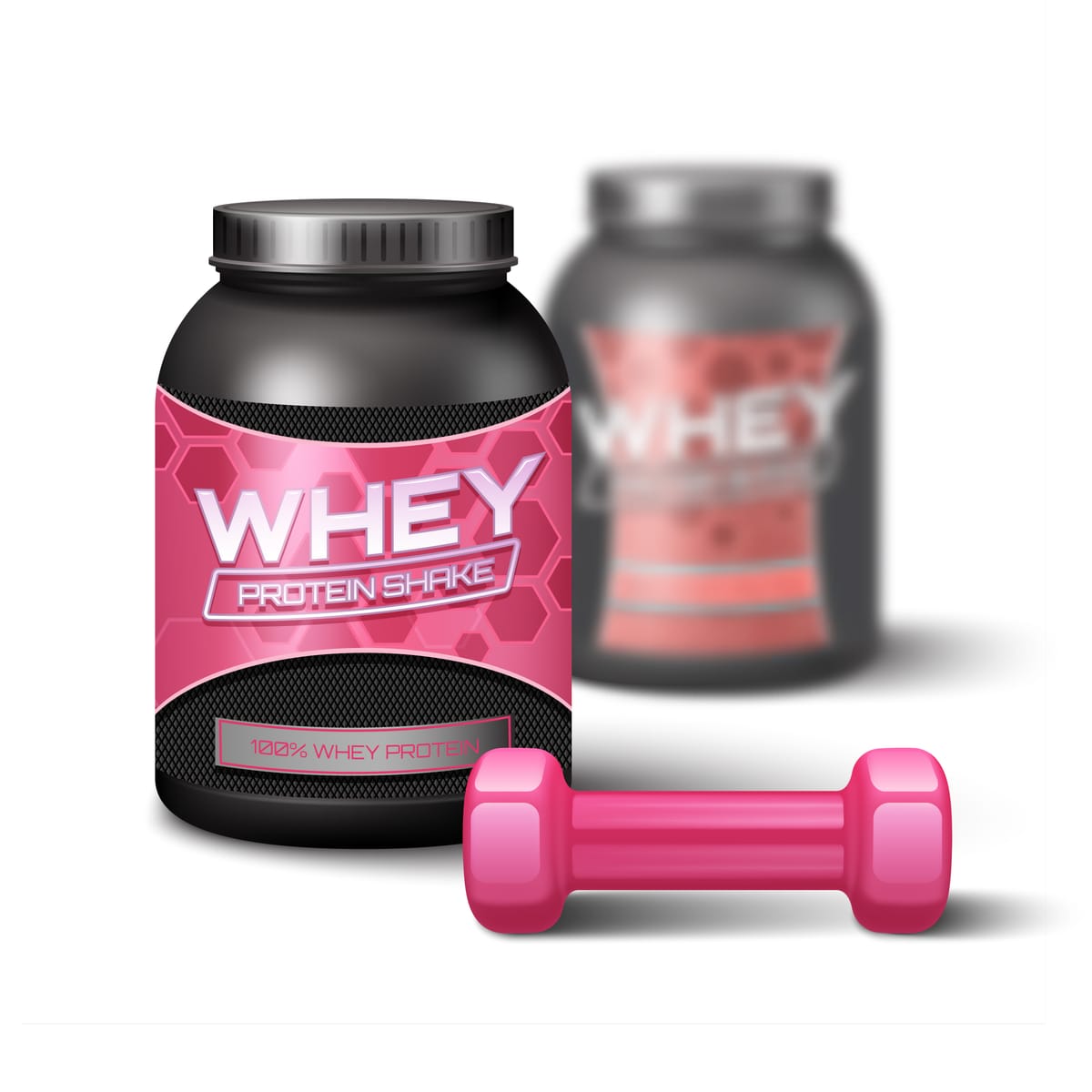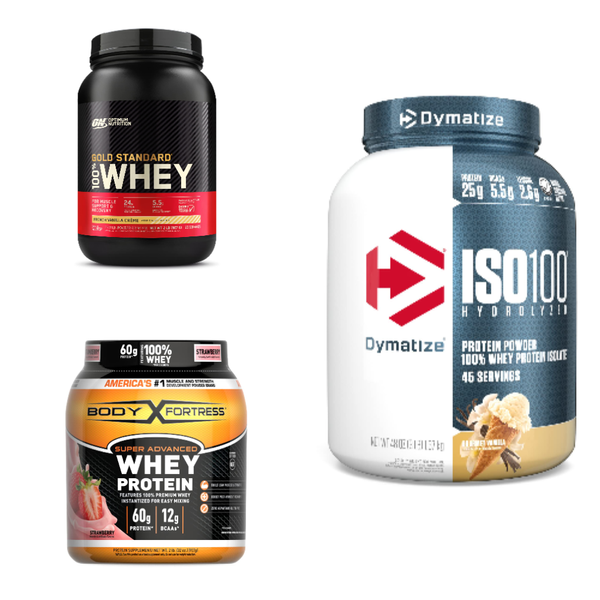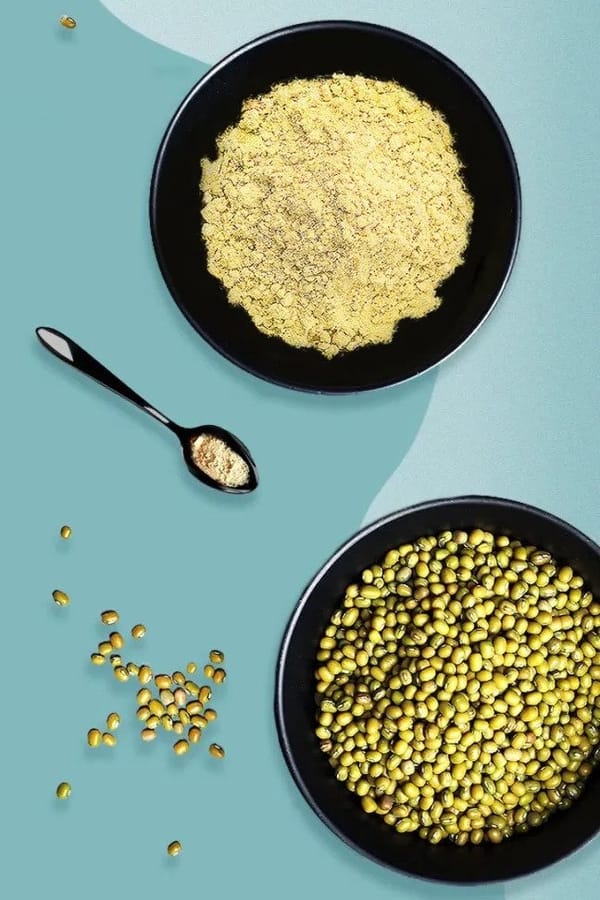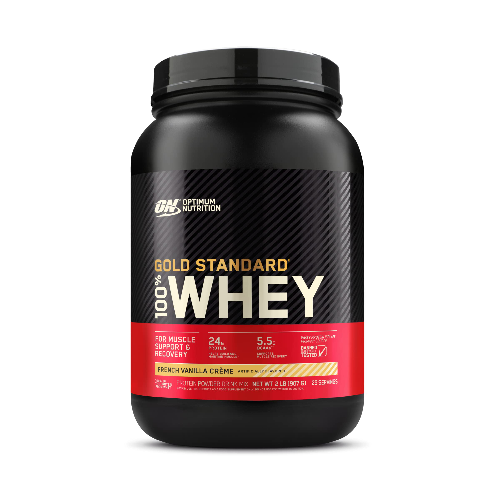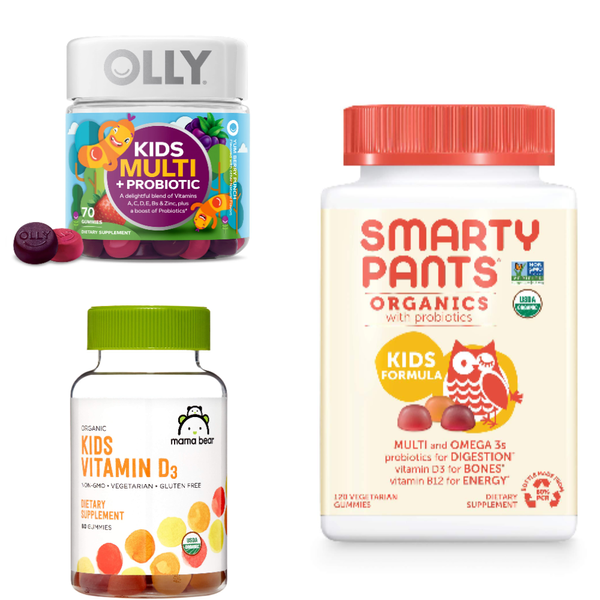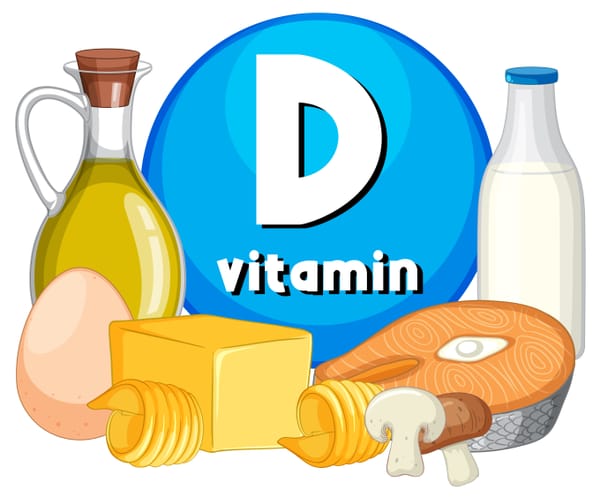Whey protein powder has become a staple in the diets of athletes, bodybuilders, and health enthusiasts around the world. Its popularity stems from its high-quality protein content and the presence of essential amino acids that are pivotal for muscle repair and growth. But have you ever wondered how this fine powder that mixes so effortlessly into your protein shake is made? Let's dive into the fascinating journey from cow's milk to your shaker bottle.
From Dairy Farm to Protein Manufacturing Plant
The journey of making whey protein powder begins at the dairy farm, where cow's milk is the primary raw material. The milk obtained from cows, especially those that are grass-fed, is transported to a cheese-making facility. Here, the process of turning fresh, pasteurized milk into cheese and, subsequently, whey protein begins.
During the cheese-making process, enzymes are added to the milk to make it curdle. The solid part that forms, known as curds, is used to make cheese products like cottage cheese. The remaining liquid, which is the liquid whey, contains the whey proteins and is the byproduct of the cheese process.
Separating the Whey: The Cheese-Making Process
After the milk curdles, the liquid whey is separated from the curds. This liquid phase contains not only proteins but also lactose, vitamins, minerals, and a small amount of fat. The next step is to remove fats and other major allergens from the liquid whey to increase its protein content and improve its nutritional profile.
The liquid whey is then pasteurized to eliminate any potential pathogens. Pasteurization involves heating the liquid to a specific temperature and then quickly cooling it down. This process ensures that the whey protein supplements are safe for consumption.
Concentrating the Proteins: Membrane Filtration
To concentrate the proteins in the liquid whey, a process called membrane filtration is used. This involves passing the liquid through a series of filters to separate the protein from the lactose, fats, and other substances. The result is whey concentrate, which typically has a protein content of around 70-80%.
For those with lactose intolerance or who desire a higher protein content, further purification steps are taken to create whey protein isolate. Whey isolate undergoes additional filtering, resulting in a product that is over 90% protein and contains less lactose and fat.
Drying the Whey: Spray Drying Technique
The next stage in making whey protein powder is to convert the liquid whey concentrate or isolate into a powder form. This is achieved through a process called spray drying. The liquid is sprayed into a chamber with hot and cold air, which quickly dries the liquid into a fine powder.
Spray drying is a critical step as it determines the quality and solubility of the whey powder. The temperature and speed of the hot and cold air must be carefully controlled to preserve the nutritional value and prevent the protein from denaturing.
The Journey from Grass-Fed Cows to Whey Concentrates
When we talk about whey protein concentrates, it's essential to understand the journey starting from the very source: grass-fed cows. The quality of whey protein is often linked to the diet of the cows that produce the milk. Grass-fed cows are typically raised on a natural diet, which can influence the nutritional profile of the milk produced. This milk, rich in proteins, is then transported to the cheese-making facility, where it becomes the foundation for both delicious cheese and the by-product we know as sweet whey. The process ensures that the whey retains a high solids content, which is crucial for creating a concentrated protein product.
In the cheese-making facility, the pasteurized milk from these cows is carefully handled to maintain its quality. The milk is first cooled and then introduced with enzymes to make the milk curdle, separating the curds from the whey. This is where the magic happens: the liquid whey is a mixture of water, proteins, carbohydrates, and minerals. The sweet whey is then collected and undergoes whey processing to concentrate the proteins, creating a product that is highly sought after for its nutritional benefits and ease of digestion. The focus on using milk from grass-fed cows is a testament to the commitment to quality that goes into producing premium whey protein concentrates.
The Environmental Footprint of Whey Protein Production
The production of whey protein concentrate isn't just about the end product; it's also about the journey and its impact on the environment. When considering whey protein made from cow's milk, it's essential to acknowledge the carbon footprint associated with dairy farming. Cows, especially those that are grass-fed, require significant land and water resources. Moreover, the methane emissions from cattle contribute to greenhouse gases. However, the dairy industry has been making strides in sustainability, with many farms implementing eco-friendly practices to reduce their environmental impact.
On the flip side, the process of turning cooled milk into whey protein powder involves energy-intensive steps like pasteurization, separation, and drying. Manufacturers are increasingly aware of this and are investing in renewable energy sources and waste-reduction techniques to make the process more sustainable. By optimizing energy use and reducing waste, the whey protein industry is working towards a greener production model, which is an important consideration for environmentally conscious consumers.
The Role of Grass-Fed Dairy in Premium Whey Protein
When discussing the origins of whey protein, the term "grass-fed" often surfaces as a hallmark of quality. Grass-fed cows, which graze on natural pastures, are said to produce cow's milk that is not only richer in omega-3 fatty acids but also contains more antioxidants compared to grain-fed counterparts. This distinction is crucial for consumers who prioritize ethical and nutritional aspects in their protein powder made from such sources. The milk from grass-fed cows is perceived to be of higher quality, and thus, the whey derived from it is often marketed as a premium product.
Moreover, the grass-fed label implies a more humane and sustainable approach to dairy farming. Consumers are increasingly aware of the environmental and ethical implications of their food choices, and the demand for transparency in the supply chain is growing. By choosing whey protein that originates from grass-fed cows, individuals are often making a conscious decision to support farming practices that are better for the animals and potentially for the environment, aligning with a more holistic approach to health and wellness.
The Evolution of Whey: From By-Product to Superfood
Whey protein has undergone a remarkable transformation from being a simple by-product of cheese production to a highly sought-after superfood. Initially, whey was often discarded or used for animal feed, but its high-quality protein content has since been recognized. Today, whey protein is celebrated for its complete amino acid profile and rapid digestibility, making it a staple in the diets of athletes, bodybuilders, and health enthusiasts. This evolution is a testament to the innovative ways the dairy industry has maximized the value of cow's milk, turning what was once waste into a nutritional treasure.
The rise of whey protein as a superfood has also sparked a surge in research and development within the industry. Companies are now exploring various methods to enhance the nutritional profile of whey protein powders further. These advancements include adding digestive enzymes, fortifying with vitamins and minerals, and even developing specialized formulas to cater to different dietary needs and preferences. As a result, whey protein continues to evolve, offering consumers a versatile and potent source of nutrition derived from the humble beginnings of cow's milk.
The Synergy of Whey and Plant-Based Proteins
When it comes to protein powders, the debate often centers around cow's milk-derived whey versus plant-based protein powders. Whey protein, a by-product of cheese production, has long been the gold standard for athletes and fitness enthusiasts due to its complete amino acid profile and rapid absorption. However, plant-based protein powders are gaining traction, offering a sustainable and allergy-friendly alternative. These powders often combine different plant sources to achieve a complete amino acid profile, catering to those who prefer a vegetarian or vegan lifestyle.
The synergy between whey and plant-based proteins is an area of growing interest. Some consumers are blending both types to maximize the benefits of each. While whey provides high biological value and quick muscle repair, plant-based proteins contribute to a more sustained release of amino acids and fiber content. This combination can be particularly appealing for those looking to support their dietary choices with environmental consciousness, as plant-based options typically have a lower ecological footprint than cow's milk-based whey.
Grass-Fed Whey: A Step Towards Ethical Protein Consumption
Grass-fed whey protein is a term that's gaining momentum among health-conscious consumers. Derived from cow's milk, where the cows are fed a natural diet of grass rather than grain, grass-fed whey is touted for its higher nutritional quality. It often contains more omega-3 fatty acids and conjugated linoleic acid (CLA), which are linked to various health benefits. Grass-fed whey is not just about the nutritional edge; it's also about supporting farming practices that are better for the animals and the environment.
The demand for grass-fed whey underscores a shift towards more ethical and sustainable consumption patterns. As a by-product of cheese making, whey protein already contributes to reducing waste in the dairy industry. By choosing grass-fed options, consumers can take an extra step towards sustainability. This choice supports pasture-based farming, which can lead to less soil erosion and better carbon sequestration compared to conventional farming methods. Grass-fed whey is thus not only a choice for personal health but also a nod to environmental stewardship.
Plant-Based Protein Powders: A Growing Trend in the Health Industry
In recent years, plant-based protein powders have emerged as a significant competitor to whey protein, catering to vegans, vegetarians, and those with dairy allergies or sensitivities. These powders are derived from various sources, including peas, rice, hemp, and soy, and are designed to offer a comparable amino acid profile to that of whey. While plant-based proteins were once criticized for their taste and texture, modern processing techniques have greatly improved their palatability and nutritional value, making them a viable alternative for a growing segment of health-conscious consumers.
Despite the popularity of plant-based protein powders, whey protein remains a favorite due to its superior amino acid composition and faster absorption rate. However, the gap is narrowing as plant-based proteins improve in quality and as more people adopt plant-based diets for ethical, environmental, or health reasons. The competition between whey and plant-based proteins has spurred innovation in both markets, leading to better products for all types of consumers and highlighting the importance of personal dietary choices in the pursuit of health and wellness.
Whey as a By-Product: Sustainability in Focus
Whey protein is a by-product of the cheese-making process, which begins with cow's milk. After the curds are separated to make cheese, the remaining liquid whey is further processed to create the protein powder we are familiar with. This process exemplifies an efficient use of resources, as it allows for the creation of multiple products from a single source. By utilizing the whey, which would otherwise be discarded, the dairy industry contributes to a more sustainable food system, reducing waste and maximizing the nutritional output from cow's milk.
In contrast, plant-based protein powders often require the cultivation of specific crops like peas, rice, or hemp, which involves land use and agricultural inputs. While plant-based proteins are essential for dietary diversity and cater to those with dietary restrictions or ethical concerns, it's important to recognize the efficiency of whey protein production in terms of resource utilization. The conversation around sustainability in protein production is complex, and whey's status as a by-product places it in an interesting position within this dialogue.
Whey Protein and Lactose Intolerance: A Consideration
Lactose intolerance is a common concern for many individuals considering protein supplements. Whey protein concentrate, derived from skim milk, contains low levels of lactose, making it a viable option for those with mild lactose sensitivity. However, for individuals with more severe lactose intolerance, the presence of lactose in whey protein can cause digestive discomfort. This is where the manufacturing process plays a crucial role in creating whey protein isolates, which are further processed to remove most of the lactose content, offering a more digestible alternative.
Plant-based protein powders, on the other hand, are naturally lactose-free, making them a go-to choice for those with lactose intolerance or dairy allergies. These powders are derived from sources such as peas, rice, and hemp, and are gaining popularity not only for their digestibility but also for their lower environmental impact as a by-product of plant farming. As the market for dietary supplements grows, the demand for inclusive products that cater to various dietary restrictions continues to shape the industry.
Plant-Based Alternatives: How They Compare to Whey
In the realm of protein powders, plant-based protein powders have emerged as a popular alternative to traditional powder whey. These vegan-friendly options are derived from sources such as peas, rice, hemp, and soy, and are often chosen by those with dietary restrictions or preferences that exclude cow's milk. While plant-based proteins offer their own set of benefits, they typically have a different amino acid profile compared to whey protein, which is considered a complete protein due to its all-encompassing range of essential amino acids.
However, it's not just about the protein content. Consumers also consider the carbohydrates and overall solids content when choosing between whey and plant-based options. Whey protein, especially whey protein concentrates, is known for having a lower level of carbohydrates and a higher protein yield, making it a preferred choice for individuals looking to increase their protein intake without significantly increasing their carbohydrate consumption. As the demand for various dietary preferences grows, the protein powder market continues to adapt, offering a wide range of products to suit every need, whether it's powder whey from cow's milk or a plant-based alternative.
Final Touches: Further Processing and Packaging
Once the whey has been spray-dried, it may undergo further processing to improve its taste, mixability, and nutritional value. Additional ingredients like flavors, sweeteners, or other nutrients may be added to create a variety of whey protein supplements that cater to different dietary needs and preferences.
The final product is then packaged in a controlled environment to prevent contamination. The packaging is designed to protect the dried whey from moisture and light, which can degrade the quality of the protein powder.
Ensuring Quality: Testing and Standards
Quality control is paramount in the protein manufacturing plant. Each batch of whey protein powder is rigorously tested to ensure it meets strict standards for protein content, purity, and the absence of contaminants.
Tests are also conducted to confirm that the whey protein supplements do not contain any undeclared allergens or substances that could cause adverse health effects. This ensures that consumers receive a safe and high-quality product.
The Nutritional Powerhouse: Health Benefits of Whey Protein
Whey protein powder is not just a muscle-building supplement; it offers a range of health benefits. Its high protein content can aid in weight loss by promoting satiety and increasing metabolism. The essential amino acids found in whey proteins are crucial for repairing and building muscle tissue, making it a favorite among athletes.
Moreover, whey protein supplements can also support the immune system due to their high content of immunoglobulins and lactoferrin. These components have been shown to have beneficial effects on immune health and overall well-being.
Comparing Whey to Other Protein Powders
While whey protein is a popular choice, there are other protein powders on the market, such as casein protein powders, plant-based protein powders like pea protein, and protein powders made from whole foods like yellow split peas. Each type has its unique nutritional profile and benefits.
For instance, casein protein powders are digested more slowly than whey, providing a sustained release of amino acids. Plant-based protein powders are suitable for those following a vegan diet or with dairy allergies. They often combine different sources to ensure a complete amino acid profile.
The Versatility of Whey Protein
Whey protein powder can be consumed in different forms, making it a versatile addition to any diet. It can be mixed into a protein shake, blended into smoothies, or even incorporated into baked goods and other recipes to boost their protein content.
The convenience and versatility of whey protein supplements make them an excellent choice for individuals looking to increase their protein intake without significantly altering their diet.

What is the difference between whey concentrate and whey isolate?
Whey concentrate is the less processed form of whey protein with a lower protein content (around 70-80%) and higher levels of lactose and fats. Whey isolate undergoes further processing to remove most of the lactose and fat, resulting in a product that is over 90% protein.
Can whey protein powder be used for weight loss?
Yes, whey protein powder can be an effective tool for weight loss. Its high protein content can help increase satiety, reduce appetite, and boost metabolism, which can lead to a reduction in overall calorie intake.
Is whey protein suitable for people with lactose intolerance?
Whey protein isolate is a suitable option for those with lactose intolerance as it contains minimal lactose. However, whey concentrate may not be suitable due to its higher lactose content. Individuals with lactose intolerance need to read labels carefully and choose a whey protein supplement that aligns with their dietary needs.

The process of how whey protein powder is made is a complex journey that starts with cow's milk and ends with a finely-tuned product ready for consumption. From the cheese-making process to spray drying, each step is crucial in ensuring the final whey protein supplements are of the highest quality and nutritional value. Whether you're an athlete looking to enhance muscle building or someone interested in the health benefits of increased protein intake, whey protein powder is a convenient and effective option.


